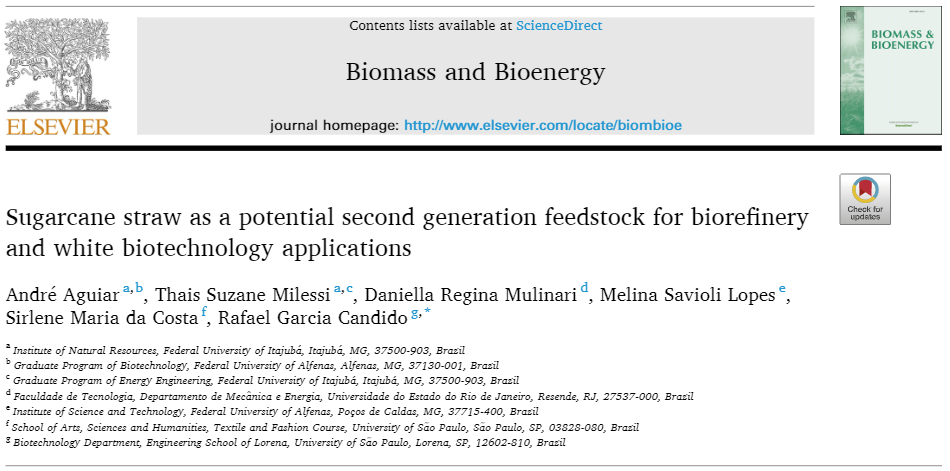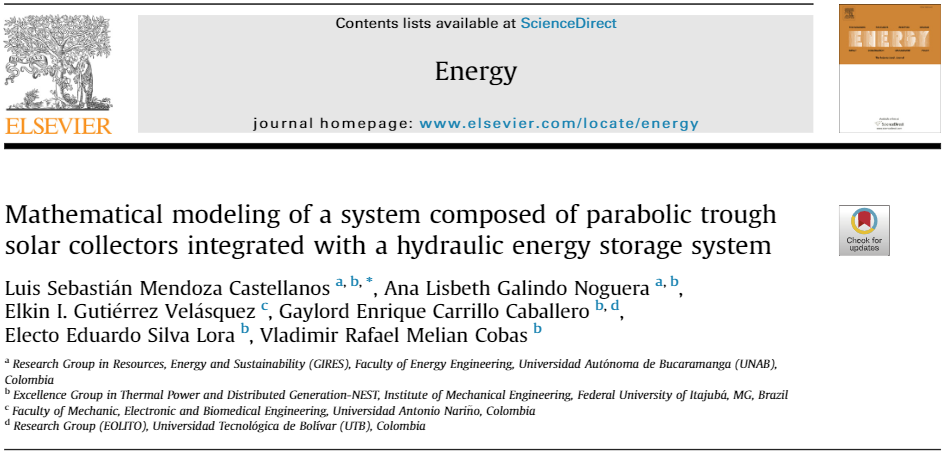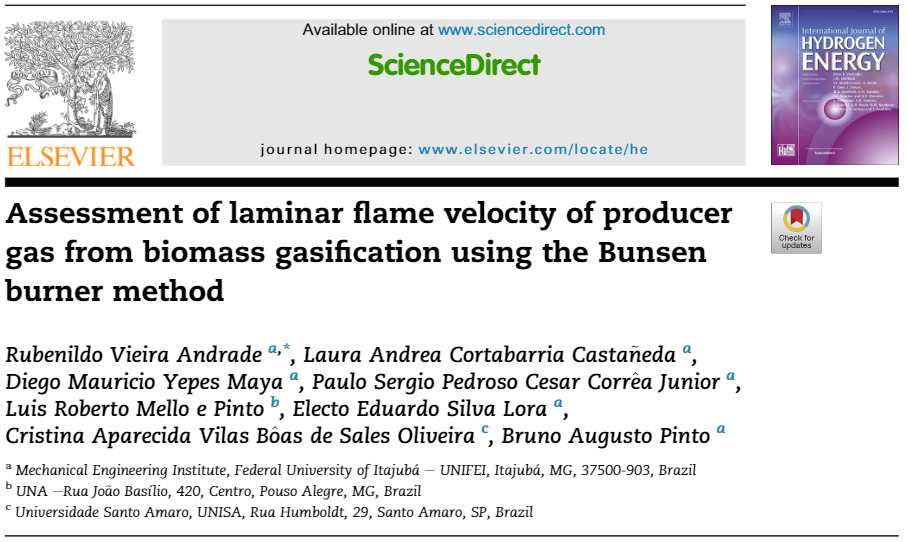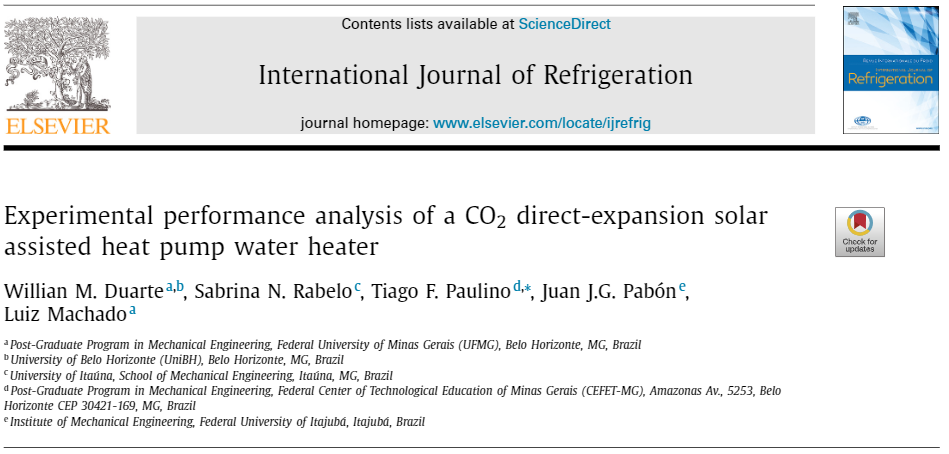
Sugarcane straw (SCS) represents about one-third of the total primary sugarcane energy. Since its burning in pre- harvesting periods has been banned in Brazil, SCS available amount has grown, and the development of valuable applications for this lignocellulosic material became crucial for the development of a circular economy. An attractive and current alternative is its application in combustion processes for energy generation. However, in the biorefinery concept, the SCS processing as a potential feedstock for the obtainment of bioproducts and biomaterials, such as ethanol, xylitol, biogas, enzymes and oligosaccharides, has also attracted a great deal of attention. Thereby, this work provides a comprehensive review of the progress of SCS processing aimed at its valorization through the production of high-value products and the development of environmental-friendly and cost-effective processes.
https://doi.org/10.1016/j.biombioe.2020.105896

In this work we propose to model a 7.5 kWe power generation system, implementing a Parabolic TroughCollector system, coupled to an Organic Rankine Cycle (PTC/ORC) and a bladder-type hydraulic accu-mulator system. The purpose of the research is to evaluate the behavior of the hydraulic accumulationsystem made up of 22 bladder-type accumulators of 60 L each, which operates as a backup to providecontinuity in the generation of electrical energy. The model allows evaluating and analyzing the loadingand unloading behavior of a hydraulic accumulator system, for intermittent conditions of solar irradia-tion, wind speed, and ambient temperature. The results show that for a power deficit in the system of 0.5kWe, the compensation time for the generation of electrical energy would be 1 h and 51 min and for adeficit of 7 kWe, the compensation time would be 4 min. The model was designed as a convenient toolfor dimensioning and integrating various energy sources in hydraulic accumulation systems and willallow analyzing the behavior of hydraulic accumulators as an energy backup system.
https://doi.org/10.1016/j.energy.2020.118255

Producer gas is a renewable fuel obtained from gasification processes. This fuel may beburned directly in furnaces to supply thermal demands, or used to run internal combustionengines or gas turbines. The characteristics of producer gas have been studied by variousauthors, however, most studies generally use mixtures of synthetic gases to representProducer Gas. The main goal of this study is to evaluate the laminar flame velocity ofProducer Gas obtained from gasifying eucalyptus wood in a two-stage downdraft gasifierusing the Bunsen burner method and the Schlieren image visualization technique to reg-ister the profile of the flame. The Producer Gas volume fractions that were used in the testswere 20%, 16%, and 1.8% for CO, H2, and CH4, respectively. This resulted in a 4.9 MJ/Nm3lower heating value. The registered laminar flame velocity at the stoichiometric pointunder optimal conditions was 0.33 m/s. The tests were carried out at standard atmosphericpressure and atmospheric temperature. The results were compared to studies of otherauthors, and this study shows that fractions of Hydrogen (H2) and Carbon Monoxide (CO) inthe Producer Gas result in increased laminar flame velocities, while fractions Nitrogen (N2)and Carbon Dioxide (CO2) result in reduced flame velocities.
https://doi.org/10.1016/j.ijhydene.2020.02.082

In the past decades, combined solar energy with heat pump systems has been one of the very widespread ways to improve the efficiency of conventional heat pumps. In that way, this paper presents an experi- mental analysis of the influence of environmental conditions in a small size DX-SAHP operating with CO 2 as refrigeration fluid to heat water. The variation of the water inlet temperature, the solar radiation flux and the relative humidity are analyzed and 88 different experimental results are presented. To support the analysis, a thermographic camera was also used. The results show that the gas cooler outlet pressure and temperature are strongly influenced by the water inlet temperature. As the water inlet temperature increases, the gas cooler outlet pressure and temperature increase, and consequently the COP decreases. The COP decreases in 45.8% for the variation of the water inlet temperature to 15–35 o C. The variation of the solar radiation of 876.9–30.17 W.m -2 presents a reduction of performance in about 30%. For the same conditions for the water heat exchange, the pressure ratio of the cycle decreases with an augment on the solar radiation flux. In addition, the COP is higher in 6% for a change in the mean relative humidity of 31.6–55.8 %.
https://doi.org/10.1016/j.ijrefrig.2021.01.008